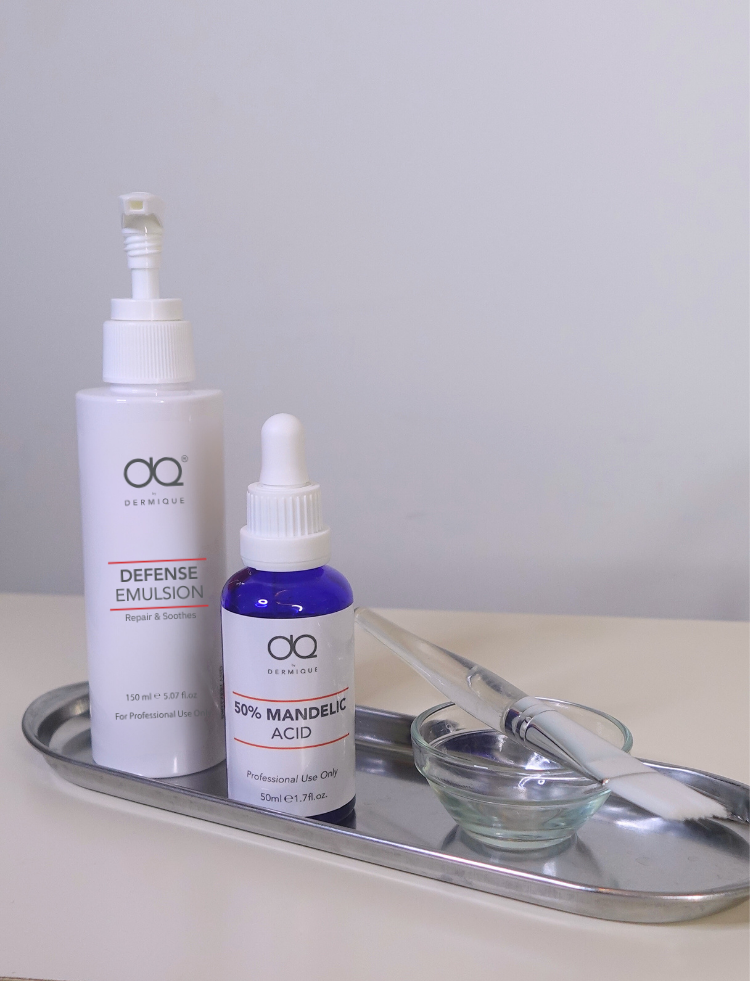1
Treat 8 Major Skin Problems
Innovative Medical Leave-On Treatment
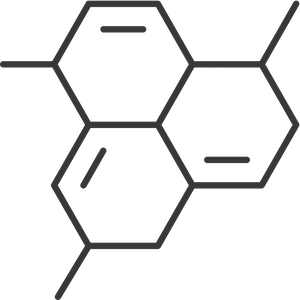
- Unclog Pores
- Tighten Pores
- Clarity Pimples
- Reduce Blemishes

- Skin Balancing
- Even Skin Tone
- Cell Renewal
- Lighten Dark Spots
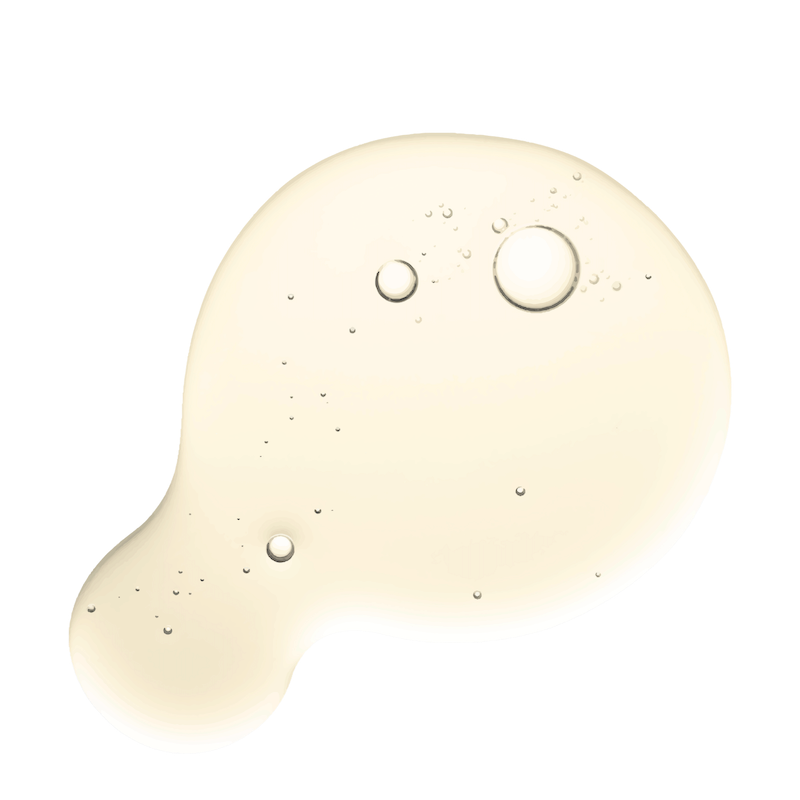
2
REBOOT Your Skin Cell
Mandelic acid has a larger molecular weight, which makes it penetrate slower and cause less irritation

- Unique affinity for oil /skin

- Gentle & slow penetration

- Mild & low irritating

- Proven versatile ingredient

- Tolerable for easily irritated skin
3
Powerhouse Combination
Ideal For Sensitive Acne-Prone Skin
- Remove Acne
- Tighten Pores
- Fade Scars
Exfoliate Dead Cells
Penetrates the tissue cell layer regenerates and promotes metabolism
Diminish Blemishes
Anti-inflammation inhibits the growth of bacteria
Minimize Pores
Stimulates collagen growth promotes elasticity of the skin
Lighten Dark Spots
Melanin inhibiting benefits to help reduce acne marks & pigmentation
4
Safe & Visible Results
Solve All Pores Problems At ONCE
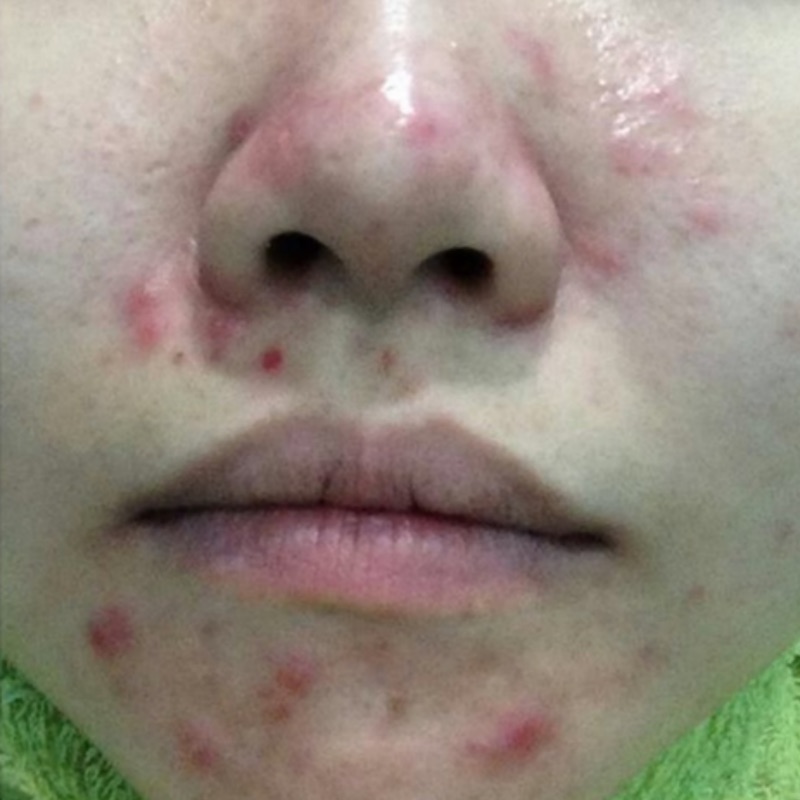
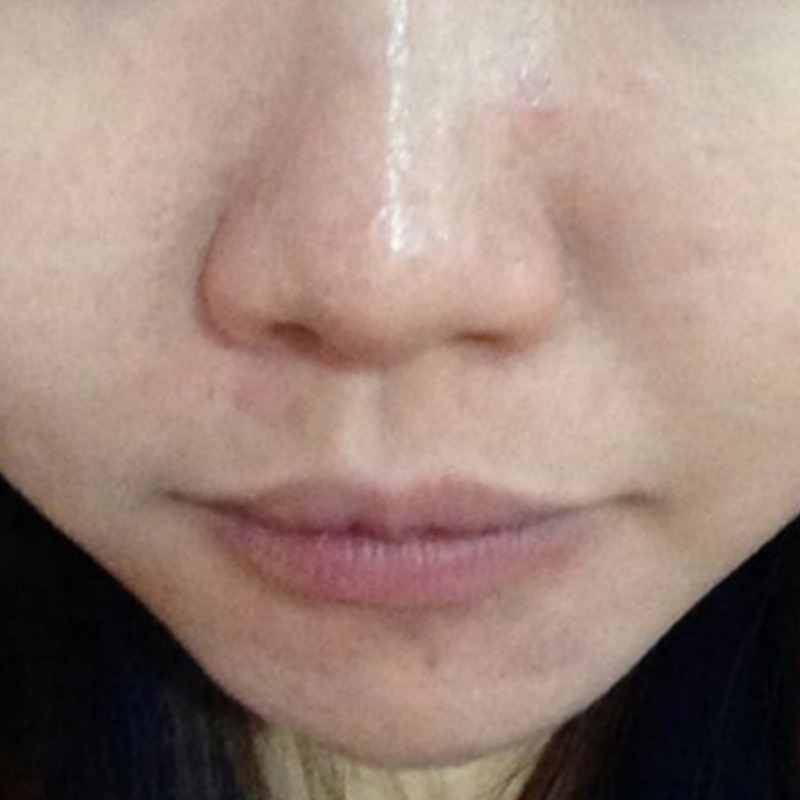
Skin Problem
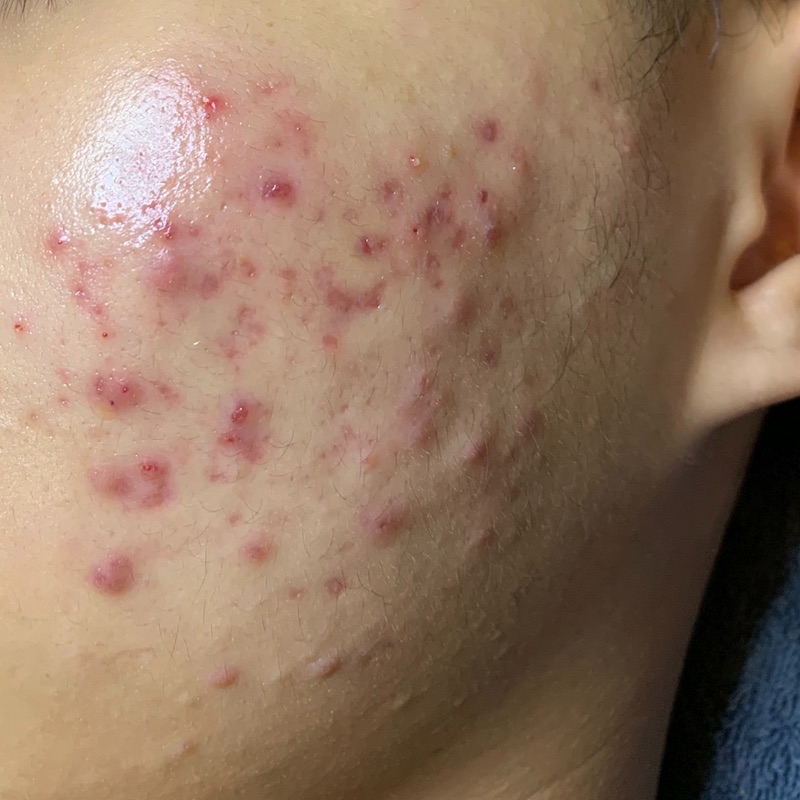

Skin Problem
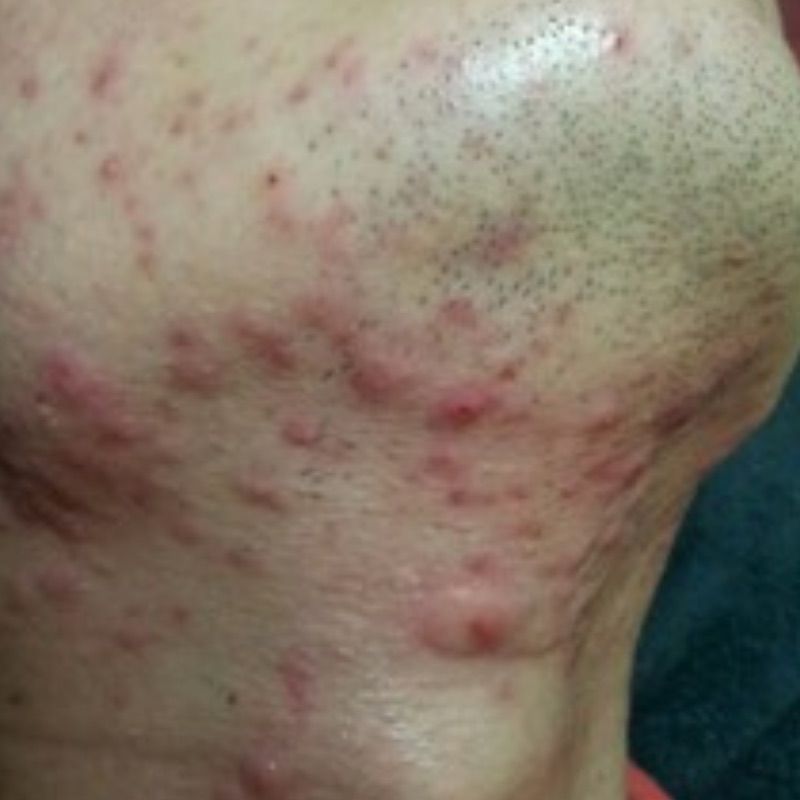

Skin Problem
5
FAQ
Mandelic Acid, also known as “Bitter Almond Acid,” is a type of alpha hydroxy acid (AHA). It works by adjusting the acidity on the skin’s surface, effectively removing excess dead cells, reducing oil secretion, and unclogging pores. Additionally, it helps fade acne scars, promoting clear and smooth skin. Unlike other members of the alpha hydroxy acid family, Mandelic Acid is lipophilic, meaning it has a larger molecular structure. When applied to the skin, it doesn’t quickly penetrate but is slowly absorbed on the skin’s surface, making it relatively gentle to use.
First, let’s understand how acne forms:
- When the body’s androgen hormone levels rise, it stimulates the sebaceous glands to produce excess oil.
- If the excess oil is not expelled from the body promptly, the sebaceous gland’s oil ducts can become blocked.
- Accumulation of dead skin cells further clogs the pores, leading to the formation of internal comedones (whiteheads).
- Acnes bacteria break down the trapped oil in the pores, leading to inflammation, resulting in acne and folliculitis.
Mandelic Acid, with its ability to enhance the metabolism of skin cells, can penetrate deep into the layers, promoting the turnover of old, dead skin cells and dissolving blockages in hair follicles. By restoring the normal metabolic cycle, pores can breathe freely, reducing the occurrence of acne and blackheads. In addition to addressing acne and blackhead issues, Mandelic Acid also has antibacterial and anti-inflammatory properties, further preventing the development of acne and blackheads. It’s a gentle yet effective solution for acne and blackhead problems.
There might be a slight peeling effect, which is a normal occurrence. The skin undergoes daily cell turnover, but it is usually not noticeable at a regular pace. Mandelic Acid accelerates this process, potentially leading to mild peeling. However, ensuring proper hydration, regularly applying masks, and using sunscreen can accelerate skin repair, resulting in healthy, white, and smooth skin.
This is a normal part of the Mandelic Acid’s role in promoting cell turnover. In the initial stages, pores and sebaceous glands are undergoing metabolism, clearing deep-seated acne. This may lead to a temporary imbalance in oil and water content, with breakouts occurring, especially in individuals with oily or combination skin. With continued use, these effects will gradually diminish as the skin adjusts. For those with dry or sensitive skin, experiencing dryness and peeling is possible due to the disruption in the balance of oil and water. However, increasing moisturization is usually sufficient to address these concerns.
One of the causes of enlarged pores is the excess secretion of oil by the skin, leading to pore blockage. Over time, follicles are compressed, resulting in enlarged pores. Mandelic Acid can dissolve blockages in hair follicles, effectively purifying the pores. Long-term care with Mandelic Acid can help prevent enlarged pores.
No, it will not. When used in the appropriate concentration range for the skin’s tolerance, Mandelic Acid does not thin or sensitize the skin. It promotes steady cell growth, and as long as the skin is free of wounds or allergic reactions before the treatment, it can be safely used on all skin types, including sensitive skin.
To accelerate the treatment time and effectiveness, individuals with acne-prone skin typically start with a Mandelic Acid treatment once a week for a few weeks. Once the blockage issues improve, the treatment frequency can be gradually extended to every 2-4 weeks. However, as everyone’s skin condition differs, professional advice from a skincare specialist should be sought to determine the appropriate adjustments based on individual skin needs.
Mandelic Acid itself does not induce melanin production. Any perceived darkening of the skin after treatment is likely due to the shedding of superficial keratin, making the skin more vulnerable to UV radiation. Therefore, it is crucial to pay special attention to sun protection after Mandelic Acid treatment. Avoiding the use of exfoliating products or layering with other acid-based products can prevent excessive stimulation, keeping the skin on track toward achieving smooth and radiant results. Lastly, emphasizing hydration, regular mask application, and sunscreen use are vital.
This is a normal part of the Mandelic Acid’s role in promoting cell turnover. In the initial stages, pores and sebaceous glands are undergoing metabolism, clearing deep-seated acne. This may lead to a temporary imbalance in oil and water content, with breakouts occurring, especially in individuals with oily or combination skin. With continued use, these effects will gradually diminish as the skin adjusts. For those with dry or sensitive skin, experiencing dryness and peeling is possible due to the disruption in the balance of oil and water. However, increasing moisturization is usually sufficient to address these concerns.
No, using Mandelic Acid weekly is generally safe. It does not make the skin thinner or more sensitive as long as it is used within the skin’s tolerable concentration range. On the contrary, an appropriate treatment cycle helps support robust cell growth. It’s essential to ensure that the skin is free of wounds or allergic reactions before undergoing the treatment, making Mandelic Acid suitable for all skin types, including sensitive skin.
Regarding the misconception that Mandelic Acid causes skin darkening, it’s important to note that Mandelic Acid itself does not induce melanin production. The perceived darkening of the skin is often a result of the superficial layer of keratin being peeled off, reducing the skin’s defense against UV radiation. Therefore, diligent hydration and repair are crucial, along with strict sun protection. Additionally, it’s advisable to avoid using exfoliating products or layering with other acid-based products to prevent excessive irritation.


